What Are the Best Long Range RFID Readers for Industrial Asset Tracking?
689Discover top long-range RFID readers for industrial asset tracking. Learn how Cykeo’s durable, high-performance devices ensure accuracy in harsh environments.
MoreAll RFID Product
When people talk about RFID passive and active tags, they are usually trying to figure out which technology fits their project best. RFID has been around for decades, but only in the last few years has it moved from niche logistics systems into everyday applications—think retail security, asset tracking, or even smart parking systems. To understand the difference between passive and active tags, it helps to break things down into how they work, what they cost, and where they are commonly used.
A passive RFID tag has no battery inside. It’s like a mirror that wakes up only when light hits it. Instead of light, it uses energy from the RFID reader’s radio waves. Once the tag receives that energy, it reflects back a signal with its unique ID or stored data.
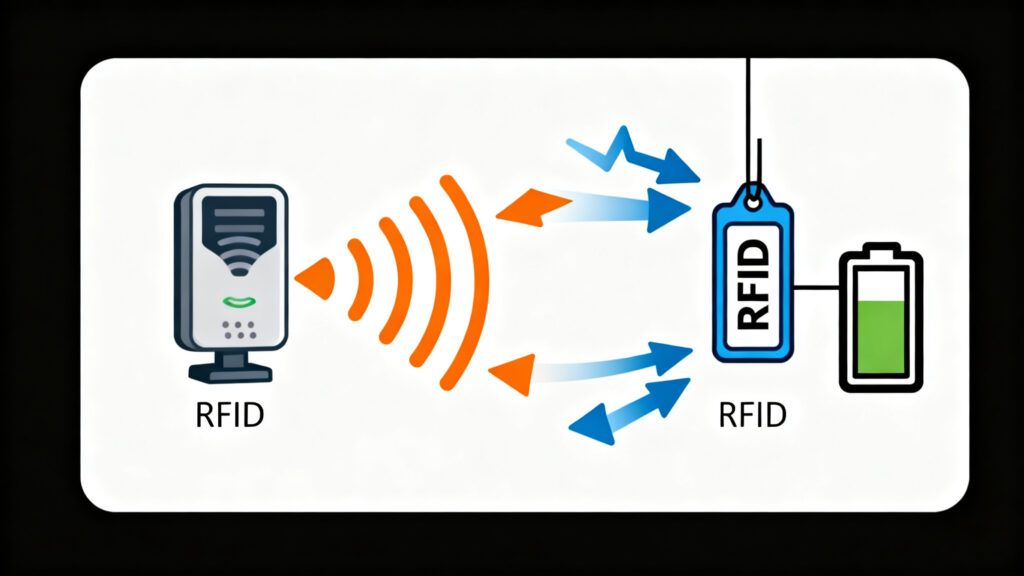
Because of this design:
Think of passive tags as stickers or labels that quietly sit there until someone scans them.
In contrast, an active RFID tag has its own battery and sometimes even sensors built inside. Instead of waiting for the reader’s energy, it actively sends signals. This is more like a small walkie-talkie that constantly shouts its ID to anyone listening.
Key characteristics:
Active tags are often used in high-value tracking scenarios: tracking medical equipment in hospitals, containers in shipping yards, or even employees inside secure facilities.
| Feature | Passive RFID Tags | Active RFID Tags |
|---|---|---|
| Power Source | No battery (powered by reader) | Built-in battery |
| Read Range | Short to medium (cm to ~10 m) | Long (10 m to 100+ m) |
| Size | Small, lightweight | Larger, bulkier |
| Cost per Tag | Very low (cents) | High (dollars+) |
| Lifespan | Practically unlimited | Limited by battery life |
| Applications | Retail, libraries, access control | Asset tracking, logistics, real-time monitoring |
This table gives the quick snapshot, but the decision usually comes down to balancing cost vs. performance.
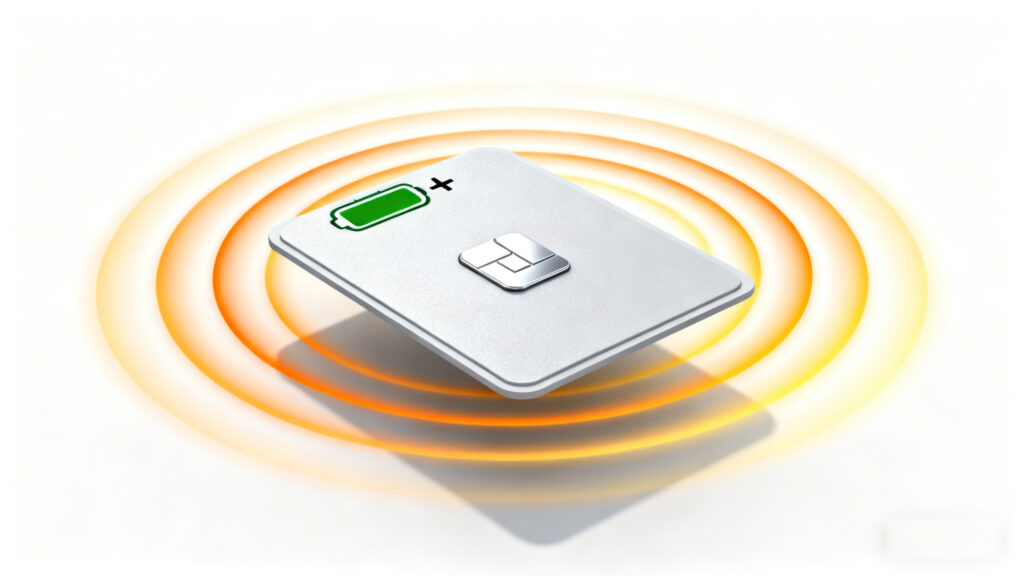
The key point: if you just need to identify lots of items cheaply, passive tags are the answer. If you need real-time location data across a wide area, active tags are worth the investment.
A lot of people assume that passive RFID is “worse” than active RFID because the range is shorter. That’s not true—it just solves a different problem. In fact, many retailers wouldn’t even consider active RFID because the cost would be too high. On the flip side, using passive tags in a massive shipping yard would be frustrating because readers can’t pick up signals from hundreds of meters away.
Understanding rfid passive and active tags is really about knowing what you need from your RFID system. Passive tags are cheap, durable, and perfect for high-volume, low-cost tracking. Active tags, though more expensive, open the door to long-range, real-time monitoring that passive tags simply can’t provide.
Before making a choice, always match the tag type with the application. It’s like choosing between a bicycle and a car—both get you from A to B, but the context matters.
Q: Can passive and active RFID tags work together?
Yes. Some systems combine both, using passive tags for item-level tracking and active tags for high-value assets.
Q: Do active RFID tags always need replacement?
Eventually yes, because the battery runs out. Lifespan varies from 3 to 10 years depending on usage.
Q: Which is more secure, passive or active?
Security depends more on the system design and encryption, not the tag type. Both can be secured if the right protocols are used.
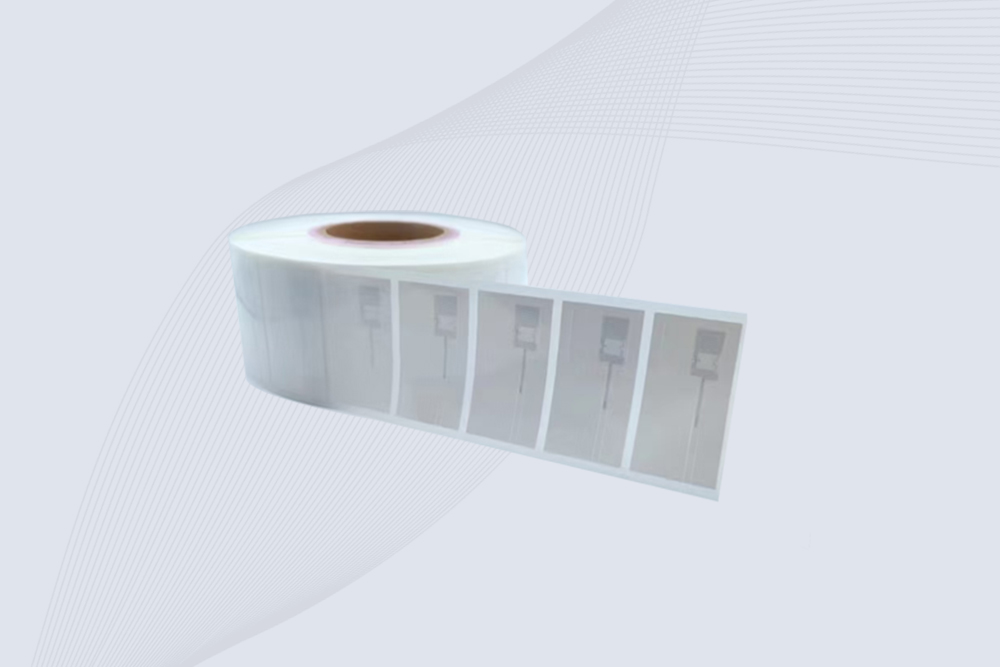
Cykeo CK-BQ6826 Jewelry uhf rfid tag features NXP UCODE 9, 8m read range on metal, and anti-counterfeit security for luxury assets.
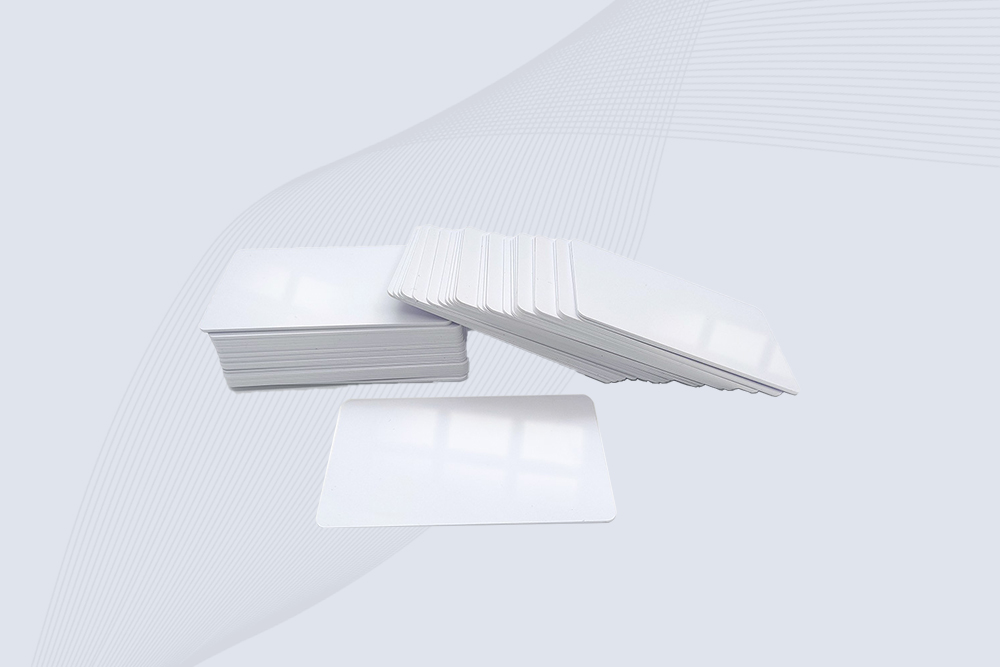
Cykeo CK-BQ8554HF HF rfid cards feature FM1108 chip, 100K write cycles, and customizable printing for access control systems.
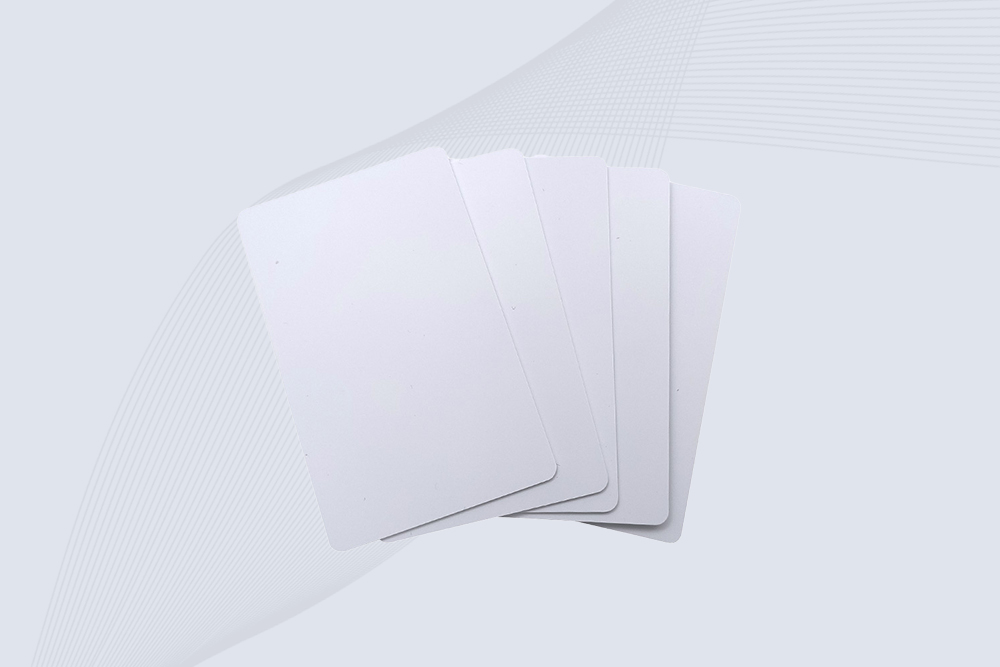
Cykeo CK-BQ8554UHF uhf rfid card features U9 chip, 100K write cycles, and CR80 size for access control/inventory management.
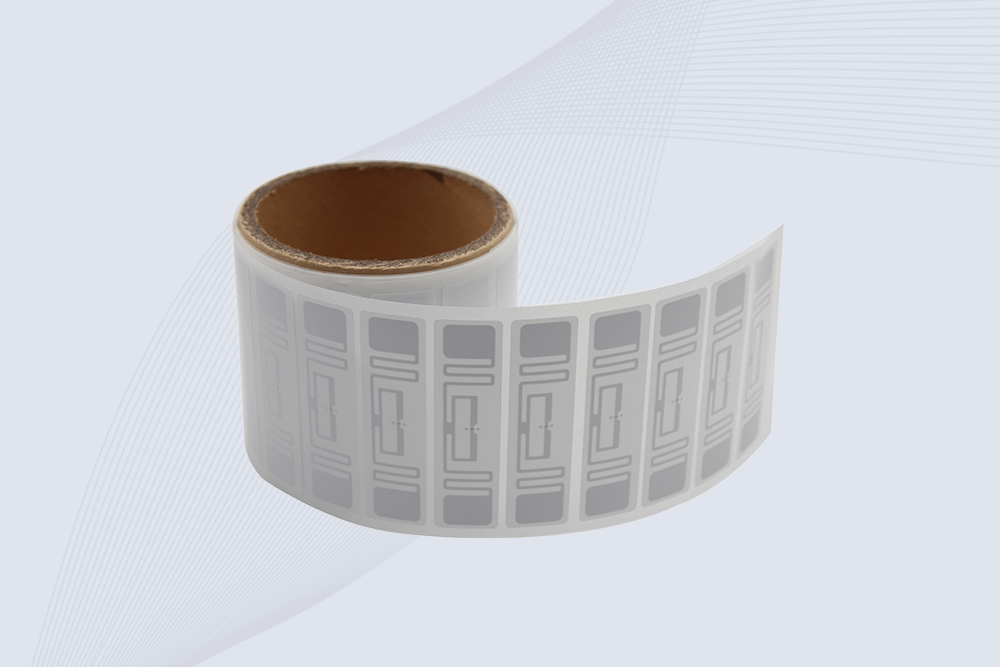
Cykeo CK-BQ7320 UHF RFID asset tag features aluminum-etched antenna, 10-year data retention, and -40°C to +85°C operation for industrial tracking. ISO/IEC 18000-6C compliant with 128-bit EPC memory.

Cykeo CK-BQ8828 industrial RFID cable tie tag features 8m read range on metal, 100K write cycles, ISO 18000-6C compliance. Ideal for machinery tracking and harsh environments.
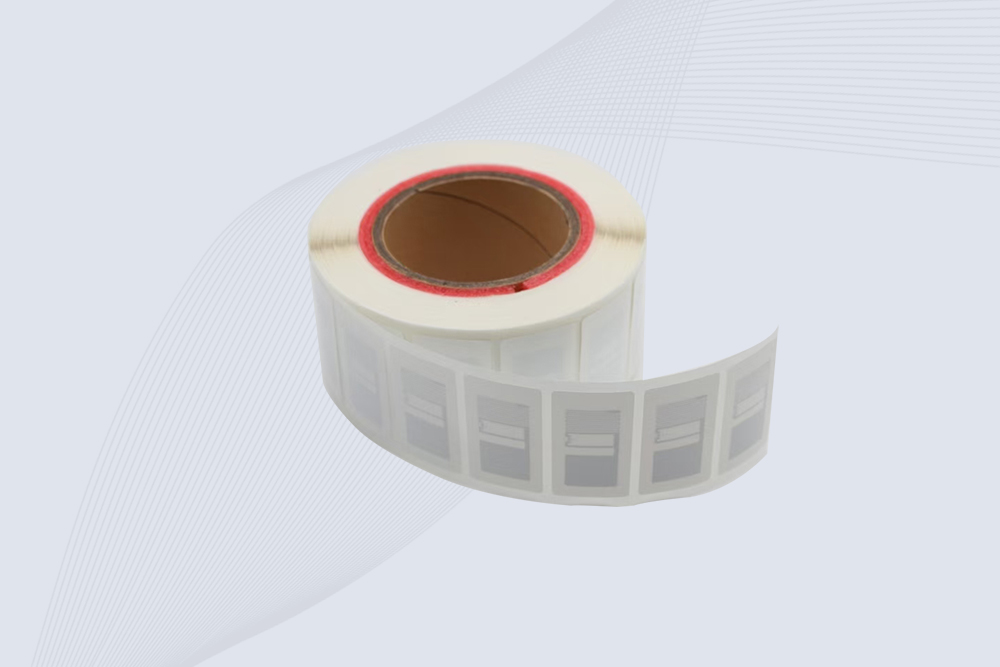
Cykeo’s RFID tags in hospitals enable sterile surgical tracking with 121°C autoclave resistance, ISO 13485 compliance, and 5m read range. Ideal for ORs, pharmacies & implant management.
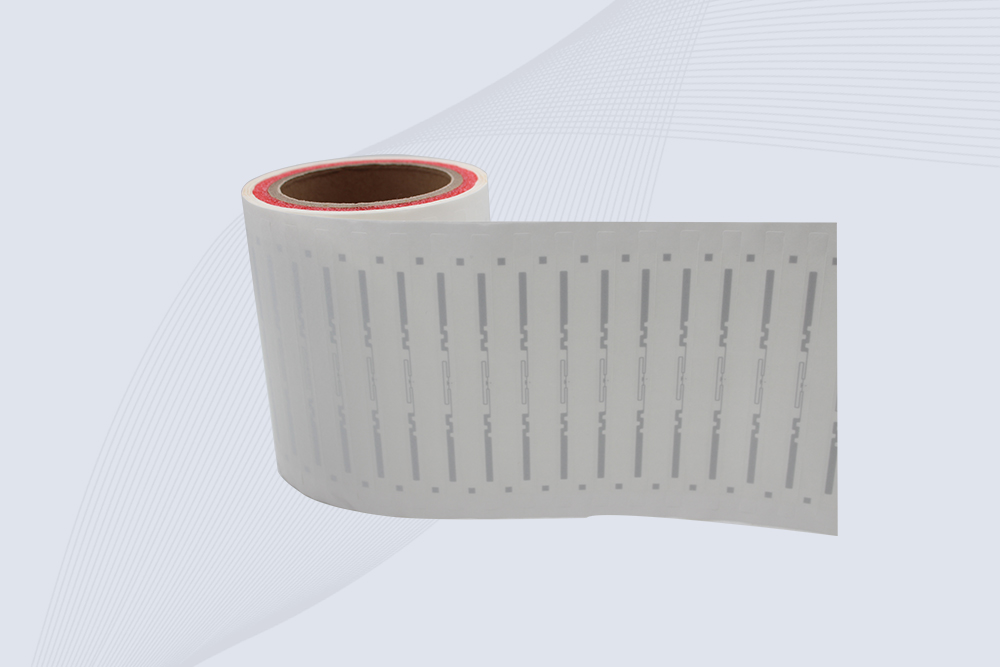
Cykeo’s CK-BQ12507 UHF RFID Book tag features 8m read range on metal surfaces, ISO 18000-6C compliance, and 10-year durability for library/document management. Supports 500+ tags/sec scanning with UCODE 9 chip.
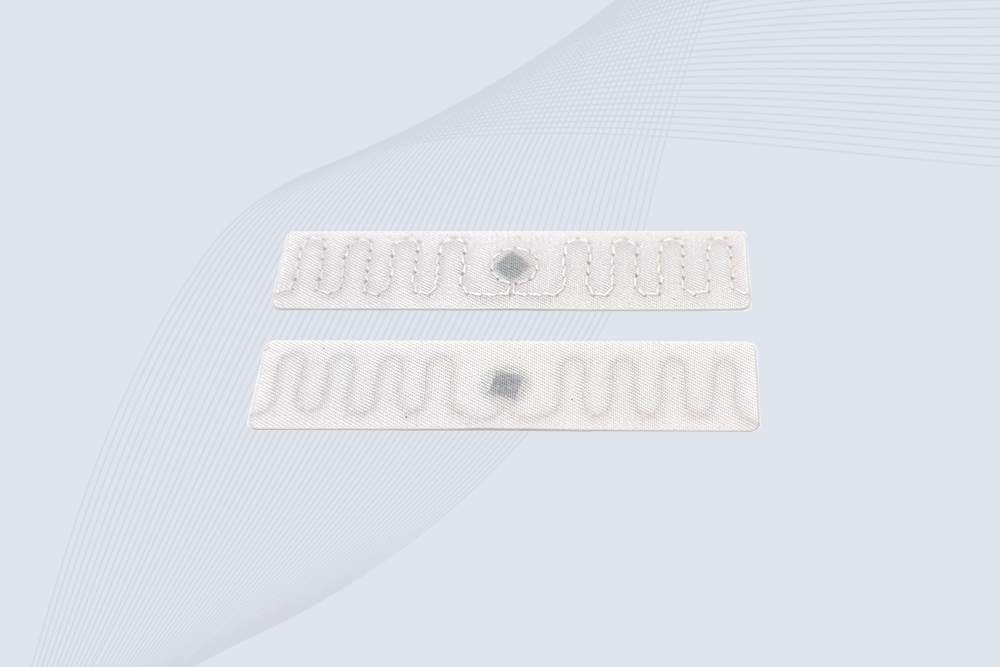
Cykeo CK-BQ7015 industrial RFID laundry tag offers 10-year data retention, 180°C heat resistance, ISO 18000-6C compliance for hospital/hotel/textile asset management. Supports 100k rewrites and custom frequencies.
Discover top long-range RFID readers for industrial asset tracking. Learn how Cykeo’s durable, high-performance devices ensure accuracy in harsh environments.
MoreDiscover the best fixed RFID readers for library book tracking. Learn how Cykeo’s systems improve inventory accuracy, reduce labor, and enhance patron experience.
MoreProtect your RFID reader network from cyberattacks with encryption, access controls, and Cykeo’s security tools. Learn how to safeguard data and prevent breaches.
MoreDiscover the best handheld RFID readers for construction tool tracking. Compare rugged designs, UHF performance, GPS integration, and software compatibility for job sites.
More